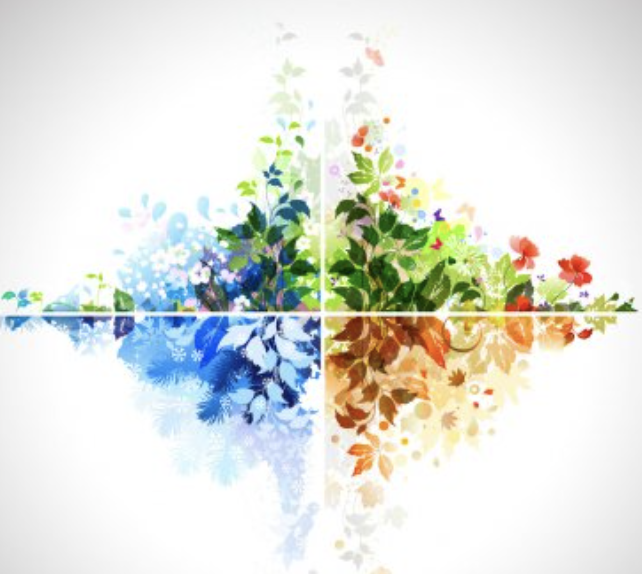While it’s easy to think of generations as occurring in linear manner, there’s also a deep well of understanding that comes from seeing them (and cultural eras) as seasonal and cyclical. Here’s the TL;DR version of that perspective.
- There are four core phases of life: childhood, young adulthood, midlife and elderhood, with an important transition bridge when children come of age and are recognized by society as young adults.
- Each life phase is about 21 years in length. Average generational lengths are about 22 years, with a range of 17-24 years in recent centuries.
- There are four (and only four) generational personas/characters/archetypes, though the first wave, mid point and late wave of each generation feel a bit different and often don’t self-identify with each other as being part of the same generation.
- Generations are created by a) the national mood during their childhood and coming of age years b) their touchpoints with institutions during the same years and c) the generation in midlife during their childhood years.
- Only one generation can be moving into a new phase of life at a time. (The other generation that has been in a particular phase of life needs to move along with each passing year.)
- As the first (and oldest) members of a generation of kids come of age, a nation’s people start to feel differently about themselves and their relationship to society and institutions.
- When these shifts occur, they are called turnings. There are four turnings (aligning quite perfectly with the four generational personas and the four phases of life) … then the 80-90-year cycle repeats itself.
- The “generational constellation” (defined by the age and phase of life of each of the generational personas) creates distinctly different moods or eras, which, interestingly, are similar to the seasons of spring, summer, fall and winter.
- The key to unlocking the mysteries of generations-based culture change is “hidden in plain sight,” manifesting in pretty much any and every interaction people of all ages have with themselves (micro level), families, groups and communities (meso level); societal institutions such as the family, religion, government, the education system, media, law, sports and more (macro level). And, more so, vast ecosystems (supply chains, the internet and more) are creating an ecosystem-to-ecosystem cultural engagement (mundo level).
- This information is a social science, a theory and a model. It has some fuzziness around the edges and is also, many believe, one of the greatest keys to understanding social change, generational attitudes and likely future shifts in culture.

Leave A Comment